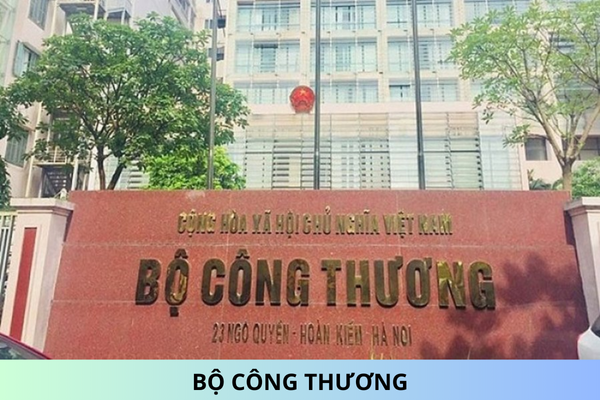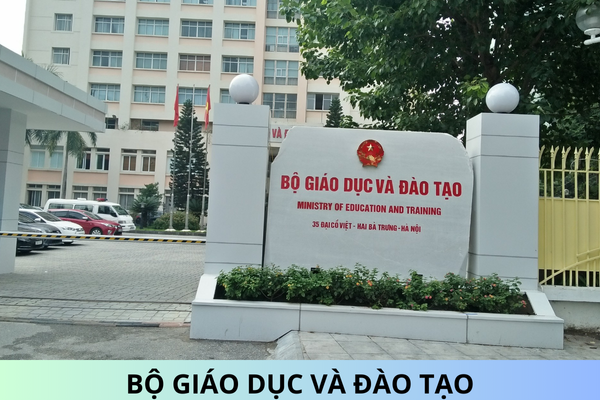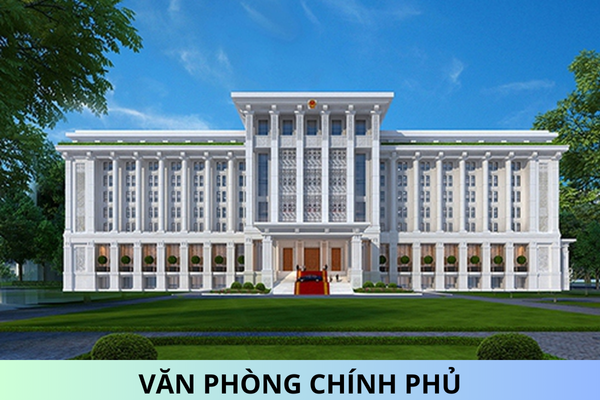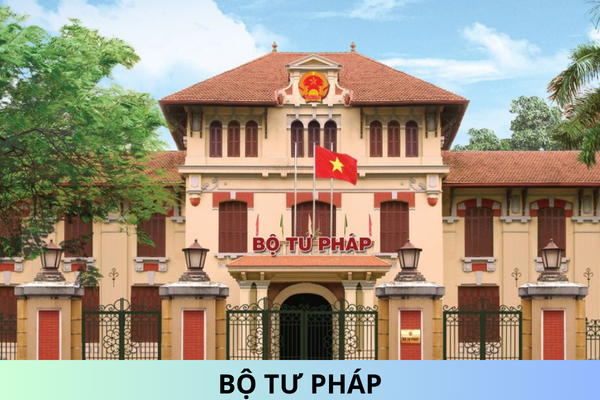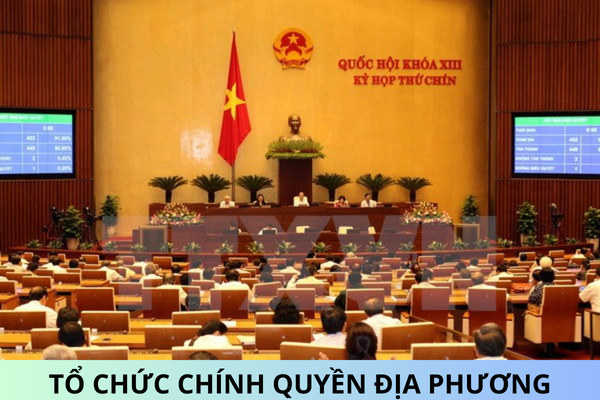Circular 04/2024/TT-TANDTC stipulating the functions, tasks, and powers of the Office and departments under the Provincial People's Court in Vietnam
Circular 04/2024/TT-TANDTC stipulating the functions, tasks, and powers of the Office and departments under the Provincial People's Court in Vietnam
On December 31, 2024, the Chief Justice of the Supreme People's Court issued Circular 04/2024/TT-TANDTC prescribing the functions, duties, and powers of the Office and departments under the People's Court of provinces and central-affiliated cities (hereinafter referred to as provincial-level People's Courts); the assisting apparatus of the district, district-level town, and city-level People's Courts under provinces and central-affiliated cities (hereinafter referred to as district-level People's Courts).
According to Article 2 of Circular 04/2024/TT-TANDTC, the Office and departments under provincial-level People's Courts are stipulated as follows:
- The Office and departments under provincial-level People's Courts include:
+ Office
+ Personnel Organization Department
+ Inspection, Examination, and Enforcement Department
- Positions and titles in the Office and departments under provincial-level People's Courts include Head of Department or equivalent, Deputy Head of Department or equivalent, People's Court Judge, Court Examiner, Court Clerk, other officials, and employees.
Circular 04/2024/TT-TANDTC takes effect from January 1, 2025.
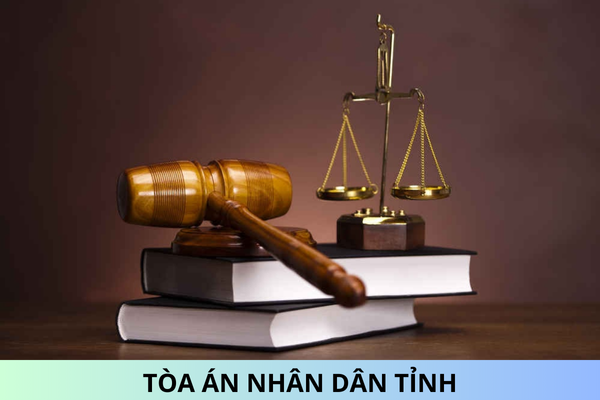
Circular 04/2024/TT-TANDTC stipulating the functions, tasks, and powers of the Office and departments under the Provincial People's Court in Vietnam (Image from the Internet)
What are the duties and powers of the provincial-level People's Court Office in Vietnam?
According to Article 3 of Circular 04/2024/TT-TANDTC, the Office of the provincial-level People's Court carries out the following duties and powers:
- Conduct administrative, clerical work, and manage the seal according to the provisions of law and the Supreme People's Court.
- Receive and process petitions, requests, and accept cases and matters under jurisdiction for resolution.
- Organize trial and citizen reception work according to regulations.
- Develop plans, work programs, statistics, aggregate and report on the activities of the provincial-level People's Court and the district-level People's Courts under management authority.
- Monitor and urge units to perform tasks assigned by the Chief Justice of the provincial-level People's Court.
- Implement financial and accounting work, ensure efficient management and use of funds according to regulations.
- Manage assets, facilities; ensure equipment and working conditions; conduct security and order protection, safety, fire protection, and healthcare work at the provincial-level People's Court.
- Manage and dispatch vehicles serving the activities of the provincial-level People's Court according to regulations.
- Carry out emulation and commendation work according to regulations.
- Conduct archiving work and extract, exploit professional records and documents according to regulations.
- Review, search, verify, and provide information on judicial records as prescribed by the law on judicial records.
- Organize the deployment of information technology applications; exploit Electronic Information Pages and databases serving the management and operation of the Chief Justice of the provincial-level People's Court.
- Actively monitor information, grasp public opinion and reflections on the organization and operation of the provincial-level People's Court and district-level People's Courts under management.
- Execute other duties and powers as assigned by the Chief Justice of the provincial-level People's Court.
What is the organizational structure of the Provincial People's Court in Vietnam?
According to Article 56 of the Law on Organization of People's Courts 2024, the organizational structure of the People's Court of provinces and central-affiliated cities is stipulated as follows:
Article 56. Organizational structure of the People's Court of provinces and central-affiliated cities
- The organizational structure of the People's Court of provinces and central-affiliated cities includes:
a) Judicial Committee of the People's Court of provinces and central-affiliated cities;
b) Specialized courts including Criminal Court, Civil Court, Administrative Court, Economic Court, Labor Court, Family and Juvenile Court.
In necessary cases, the National Assembly Standing Committee decides to establish other specialized courts upon the proposal of the Chief Justice of the Supreme People's Court.
Based on the provisions of this point and the practical requirements of adjudication at each People's Court of provinces and central-affiliated cities, the Chief Justice of the Supreme People's Court decides the organization of specialized courts;
c) Office;
d) Departments and equivalent units.
- The People's Court of provinces and central-affiliated cities has a Chief Justice, Deputy Chief Justices, Chief of Courts, Deputy Chiefs of Courts, Judges, Court Examiners, Court Clerks, other officials, and employees.
According to the above regulations, the organizational structure of the Provincial People's Court includes:
- Judicial Committee of the People's Court of provinces and central-affiliated cities
- Specialized courts including Criminal Court, Civil Court, Administrative Court, Economic Court, Labor Court, Family and Juvenile Court.
In necessary cases, the National Assembly Standing Committee decides to establish other specialized courts upon the proposal of the Chief Justice of the Supreme People's Court.
- Office
- Departments and equivalent units


